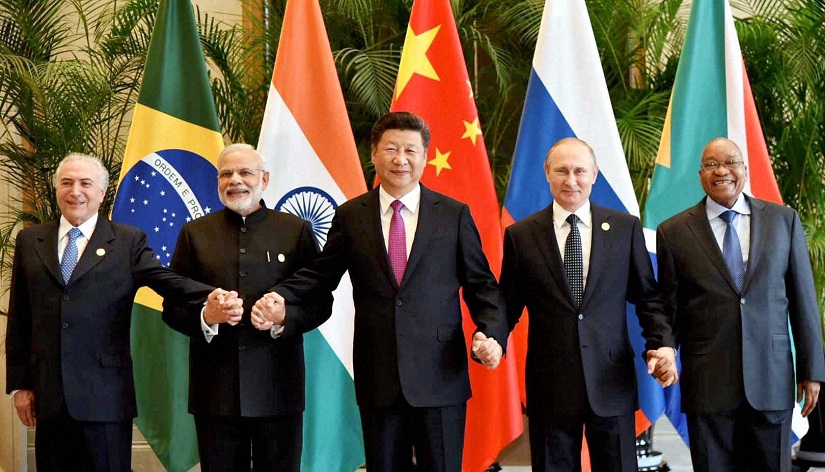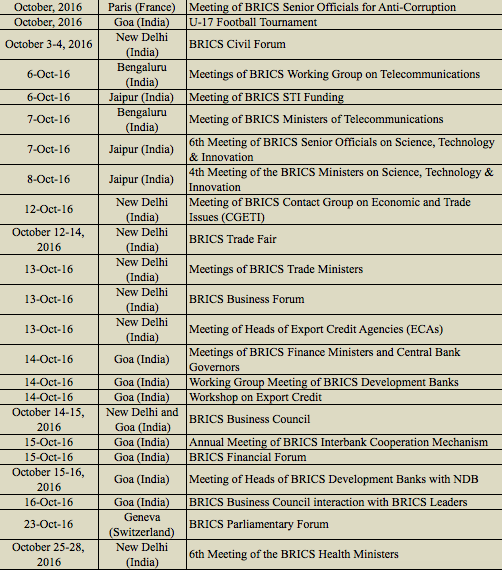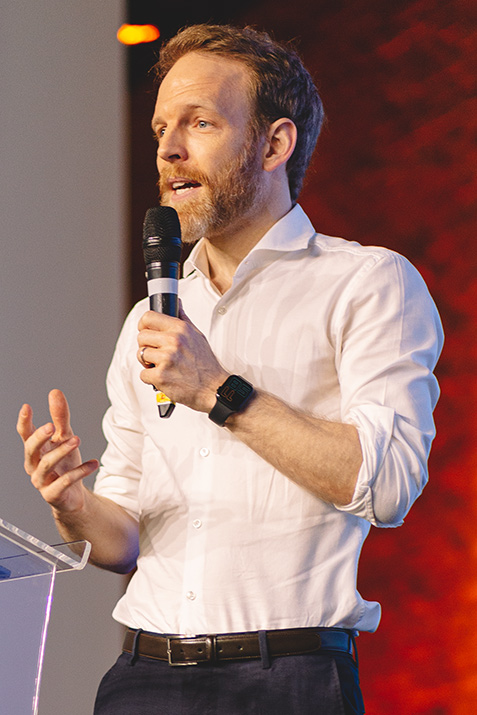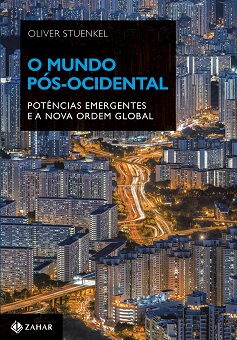
The first BRICS group photo with Brazil’s Michel Temer
With one month to go before their yearly leaders summit in Goa, China’s Xi Jinping briefly met his counterparts from the BRICS countries on the margins of the G20 in Hangzhou. In a way, these two back-to-back summits in Asia, only interrupted by the UN General Assembly in New York later this month, reflect a new normal in an ever more Asia Pacific-centric world. Temer is the first Brazilian president who will travel to Asia twice at the very beginning of his time in office — both times with key members of his cabinet. It can be seen as the beginning of a trend, and his successors will have to frequently take the gruelling 24-hour flight to meet leaders in the region that is becoming the world’s economic and geopolitical center.
This trend is compounded by the fact that the BRICS grouping’s non-Asian members are currently in deep economic crisis, while India and China are growing at rates the rest of the world can only dream of. Despite the hand-wringing over the vaunted China slowdown (and some schadenfreude in the West), the Chinese economy remains the single largest contributor to world GDP growth, and very little indicates that this will change anytime soon. The Chinese economy is expected grow above 6% in 2016 and 2017.
As Stephen S. Roach, former Chairman of Morgan Stanley Asia, puts it,
If Chinese GDP growth reaches 6.7% in 2016 – in line with the government’s official target and only slightly above the International Monetary Fund’s latest prediction (6.6%) – China would account for 1.2 percentage points of world GDP growth. With the IMF currently expecting only 3.1% global growth this year, China would contribute nearly 39% of the total. That share dwarfs the contribution of other major economies. For example, while the United States is widely praised for a solid recovery, its GDP is expected to grow by just 2.2% in 2016 – enough to contribute just 0.3 percentage points to overall world GDP growth, or only about one-fourth of the contribution made by China.
India performs even better and will, for the first time in decades, grow faster than China. The IMF predicts that China and India are expected to contribute more than 40 percent of global economic expansion until 2020 – the United States, by comparison, only ten percent. Today, there is already more private wealth in Asia than in Europe, and China, irrespective of its current slowdown, can be expected to overtake the U.S. as the world’s largest economy. Brazil’s Temer, South Africa’s Zuma and Russia’s Putin know that Asian demand and investments will be a key element of their plans to revive their respective economies.
This has allowed India to shine as the group’s star performer, and the Indian government has organized a staggering number of intra-BRICS initiatives in the run-up to the summit. Indeed, the number of events organized in the BRICS universe is so high that even most government officials have trouble remembering them all. The list below is just a summary of the events taking place next month; a similar amount of events took place in August and September respectively.
While some of these meetings are of questionable usefulness, they show that the BRICS grouping has long turned into something far more institutionalized than most observers believe. While pundits writing articles titled “Forget the BRICS” or “BRICS without mortar” still believe the main glue between the grouping’s members is high economic growth (and that it should, consequently, cease to exist given today’s lower growth rates), institutionalization has advanced far more than any Western mainstream analysts would have expected. The BRICS Summit is now among the major pillars of the yearly travel schedule of any member country’s President, irrespective of ideological orientation. Indeed, while even those initiatives that make it into the final document are at times uncertain to bear any fruits, all this points to the continued overall trend to expanding, not reducing, intra-BRICS cooperation.
The next BRICS Summit in India in October is a unique chance for President Michel Temer to articulate how he seeks to overcome Brazil’s current difficulties. With Brazil’s reputation in tatters, Asian investors need to be reassured that the ongoing corruption investigation is a step in the right direction, which will ultimately make Brazil a more investor-friendly country.
“Our summit next month would not only be an opportunity to deepen ties with ourselves, we will also interact with India’s neighbouring countries of BIMSTEC — Nepal, Bhutan, Bangladesh, Sri Lanka, Myanmar and Thailand, who have been invited for the outreach summit. We welcome you all to Goa next month,” Modi said while concluding his brief address. This will be of particular interest to South Africa, Brazil and Russia, which have only very limited knowledge of the region, and whose efforts to strengthen their economic and political role in Asia have just begun. Just like the United States, countries around the world will have to design their (mostly economic) pivot to Asia in the coming years.
Despite the many new activities, the BRICS summit’s focus will most likely be on consolidating existing institutions. The BRICS-led New Development Bank has announced its first loans, so discussions will focus on details regarding the institution’s structure, lending standards and so on.
Finally, in Brasília, Moscow and Pretoria, the photo above will be used to strengthen the legitimacy of leaders who are facing stiff headwinds at home. While Putin faces no direct threat comparable to that of Zuma or Temer, the Russian leader will still be thankful for a presidential photograph that shows him with other smiling heads of state, balancing Western rhetoric that he is diplomatically isolated.
Read also:
The BRICS: Seeking Privileges by Constructing and Running Multilateral Institutions
Why Brazil Shouldn’t Turn Its Back on the BRICS (Americas Quarterly)
In Goa, 8th BRICS Summit will focus on consolidating the grouping
Photo credit: Beto Barata/PR









